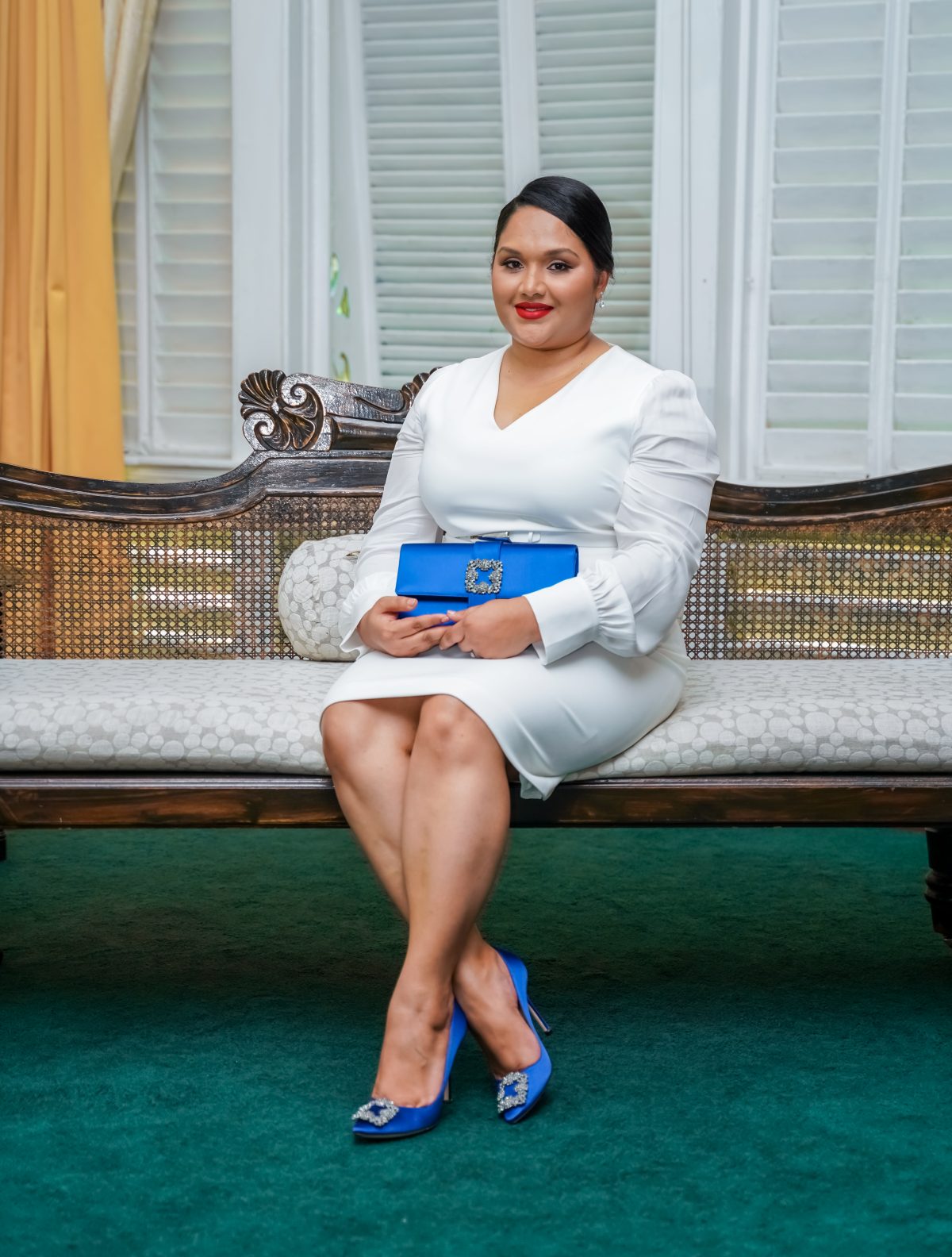 Fashion has always offered us an optical dialogue rich with social, economic, and political connotations for those who dare to study it closely and unravel its true meaning. There has always been much to be learned and acknowledged from reconnoitring the relationship between humans and apparel and though many would like to chalk it up to frivolity and superficiality it goes way beyond fashion’s utilitarian function of providing warmth and a shield.
Fashion has always offered us an optical dialogue rich with social, economic, and political connotations for those who dare to study it closely and unravel its true meaning. There has always been much to be learned and acknowledged from reconnoitring the relationship between humans and apparel and though many would like to chalk it up to frivolity and superficiality it goes way beyond fashion’s utilitarian function of providing warmth and a shield.
The way we dress speaks volumes about our value system, beliefs, and our independent social understanding of the realities that surround us. Every piece of clothing and accessory we choose to wear acts as a messaging apparatus, holds varying levels of influence and by extension, allows us to use them to influence and command those looking at us. It would be easy to say such thinking strategies don’t exist because of how small-minded and embarrassing they make us seem, but they do.
We are more likely to associate suits with authority and professionalism, billowing harem pants to a bohemian lifestyle, and athleisure wear with someone who is cool and sporty and so on. There is no running away from the fact that sartorial selections can subconsciously make you connect with public figures in a personal way which could lure you into giving them the benefit of the doubt when it comes to their authenticity and values. On the flip side, these could estrange them from their bases or potential bases.
Over the years and now more so than ever with the advent of social media, politicians and their partners have used fashion to convey their values and interests in the absence of directly engaging with the press. Michelle Obama used her time as First Lady to champion her support for immigrant and home-grown talent. It was through her that Jason Wu rose to stardom. Her ability to mix high and low American brands to signal her support for economic stimulation at home worked and it was this that particularly helped her to gain increased popularity among those who have struggled to find jobs and keep up with American capitalist structures. To date, she remains one of the movers and shakers of soft diplomacy, so much so that the Harvard Business Review published a study by David Yermack in 2010, titled “How This First Lady Moves Markets”, which attempted to quantify this effect through her wide array of sartorial choices ever since she famously wore J Crew gloves while holding the Lincoln Bible at the Inauguration.
Former Jamaican minister of Youth and Culture Lisa Hanna uses her social media platform to champion the need for popularizing and maintaining traditional jobs and businesses that seem to be disappearing owing to rising levels of importation. She routinely opts for the majority of her clothing to be made by Jamaican designer Louise Graham, often with material that can be locally sourced. She continues to wear ballet flats and of recent belt bags with minimal designer embellishment to not come off as inaccessible and overpowering, while she builds her grassroots movement in her South East St Ann constituency.
At home, Sandra Granger championed the spoken and unspoken rebellion against long-standing dress codes in public offices that have been deeply steeped in colonialism. These rules have forced many of us to revisit the reality of classism and elitism in our society. Openly nonconformist, Mrs Granger continuously flaunted her bare arms in mostly solid, coloured, and printed knee-length dresses, and court shoes while being handbag-less on most occasions as First Lady. These aren’t just coincidences they are tactical moves made to garner support and likeability with strong reflections on socio-economic and political realities. It is no surprise then that these women succeed across the board and even borders.
As Guyana psychologically winds down from the election impasse that lasted for five months during a global pandemic with numerous court battles, ethnic distrust is at an all-time high. It is for this very reason that I was anxious to see the newly minted First Lady and how she would manoeuvre consciousness through mode of dress in unchartered waters, particularly being the youngest of the pack so far.
On the three occasions that we have seen her, First Lady Arya Ali opted for neutral colour palettes and relatively standard silhouettes, maybe moving cautiously as so not to offend. She knows the atmosphere is uneasy and almost appears as a blank canvas waiting to be painted by her passions that will stem from the role as she develops into it.
Nevertheless, if you zoom in and pay keen attention, there are aspects to her choices where assumptions can be made. It is worthy to note that she may be a supporter of the arts, particularly fashion. How well this will translate into support for our local creative industries and if it does will be exciting to see.
For the swearing-in, she wore a black, knee-length dress by the late German designer Karl Lagerfeld, black court shoes by American designer Ann Taylor and accessorized with a Coach purse. The inauguration ceremony saw her safeguarding herself in a partly bejewelled face mask made by a local seamstress and outfitted in a white, long-sleeved dress by Israeli designer Elie Tahari, which was elegantly paired with the famous blue silk satin pumps popularized by the movie Sex and the City and matching clutch by Spanish designer Manolo Blahnik. For her first state dinner, her French shoe game came out to play as she paired her JS Collection Midi Lace dress with Christian Louboutin Pigalle patent leather pumps and a matching clutch.
It is safe to say that she loves her labels and there seems to be every intention of a projecting an image of affluence. Perhaps this is mentally gearing us up for all of the wealth Guyanese will experience or paying homage to designers that are from countries that “protected our democracy”. However, against the backdrop of a global pandemic where inequalities have been exacerbated and the European Union Election Observer Report which criticised our election processes and the absence of legislation surrounding campaign financing particularly, there is only so much soft diplomacy left to be exercised specifically now while there is deep ethnic distrust for the “other side” by both major ethnicities.
Making all of the labels clearly known, even though some were visually evident, was perhaps her first subtle act of soft diplomacy – satisfying the need for transparency. How the First Lady approaches soft diplomacy from here on through fashion, cognizant of the reality of ethnic distrust, national pride and disconcerting inequalities heightened by the pandemic will be interesting to see. Because quite frankly these are rough uncharted waters to navigate and more so as the youngest First Lady for Guyana in the social media era.








